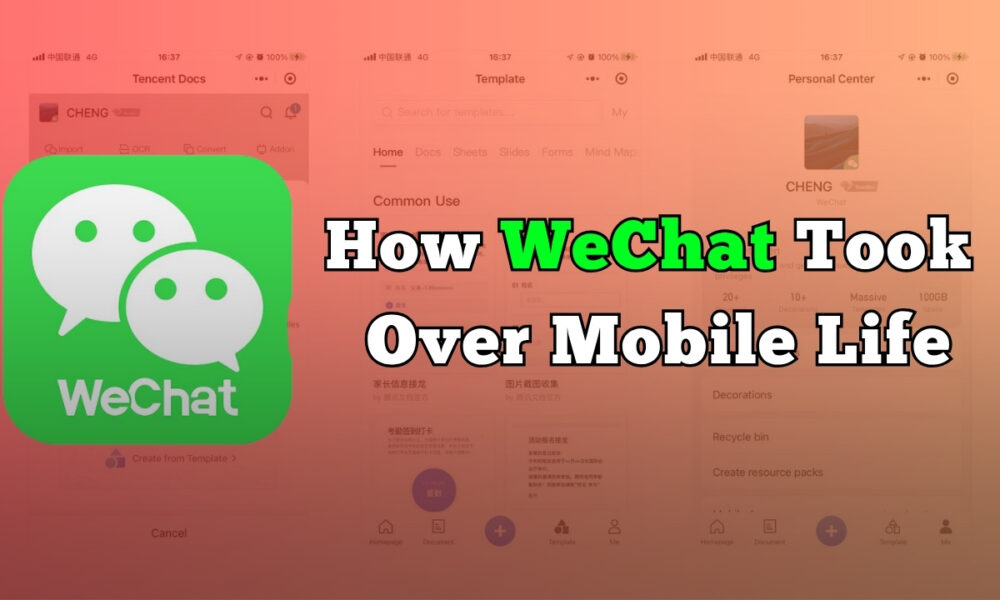Education
How WeChat Changed the Way a Nation Connects!

When it comes to all-in-one mobile applications, WeChat stands out as a global innovator. Launched in 2011 by Tencent, WeChat quickly transformed from a basic messaging app into a digital ecosystem where users can chat, shop, book services, pay bills, and even access government resources — all within a single app.
What sets WeChat apart is its fusion of social media, e-commerce, digital payment systems, and app integrations — a concept now referred to globally as the “super app.” This blog explores the incredible journey of WeChat, its key features, milestones, and how it reshaped the digital economy in China and beyond.
WeChat’s Growth Timeline
| Year | Milestone | Significance |
|---|---|---|
| 2011 | WeChat (Weixin) launched by Tencent | Started as a mobile messaging app in China |
| 2013 | WeChat Pay introduced | Allowed in-app payments, launching fintech innovation |
| 2014 | Opened to international users | Became a global platform for messaging and mobile services |
| 2017 | Mini Programs launched | Enabled third-party apps within WeChat’s ecosystem |
| 2020 | Integrated with health and government services | Became a digital identity platform during COVID |
| 2023+ | Enhanced AI features, business integration, and cross-border tools | Strengthened its role in e-commerce and global transactions |
What Makes WeChat a Super App
1. Messaging and Social Features
WeChat offers more than text and voice chat. It includes features like Moments (similar to Facebook’s timeline), voice messages, stickers, and video calls. This blend makes it both a communication and a social sharing platform.
2. WeChat Pay
Users can pay utility bills, shop online, split restaurant bills, or even give digital “red envelopes” during holidays — all through WeChat Pay. It helped create a cashless economy in China.
3. Mini Programs
WeChat allows developers and companies to create apps inside WeChat. From food delivery to ride-hailing, users don’t need to download additional apps — everything happens within WeChat.
4. Business & Government Integration
WeChat is used by brands for marketing, small businesses for customer service, and even governments for issuing health codes, booking appointments, and ID verification.
5. Platform Ecosystem
With its vast features and deep integration across industries, WeChat isn’t just an app — it’s a digital infrastructure for daily life in China.
WeChat’s Cultural and Economic Impact
WeChat is deeply embedded in everyday life for over 1.3 billion monthly users, mostly in China. It has replaced physical wallets, reduced reliance on email, and digitized everything from shopping to schooling. Businesses now use WeChat for everything from product launches to direct customer service. Schools, hospitals, and government agencies all communicate via WeChat accounts and Mini Programs.
While similar “super apps” are being attempted elsewhere, none have achieved WeChat’s scale or cultural penetration. It redefined how apps can serve as platforms, not just tools.
Conclusion
WeChat’s journey from a humble messaging platform to an essential part of modern Chinese life is a story of innovation, integration, and user-focused design. It is more than just a communication tool — it is a digital hub that supports commerce, social interaction, public services, and personal productivity. As other tech companies attempt to replicate this model globally, WeChat continues to evolve, setting the standard for what a true super app can be.